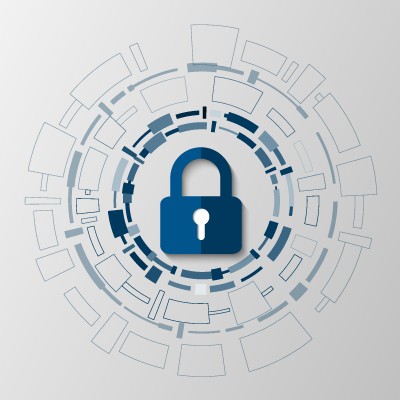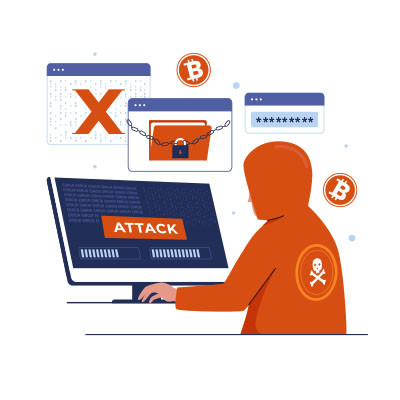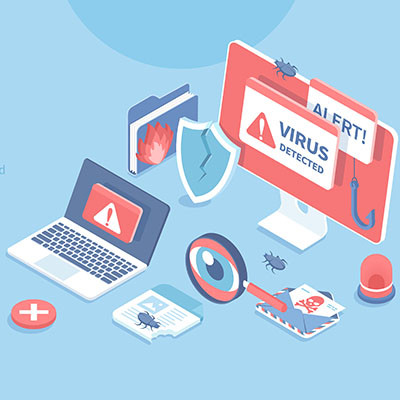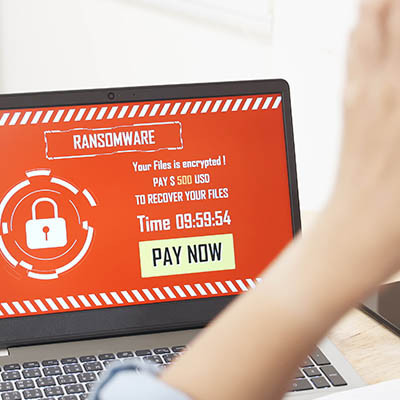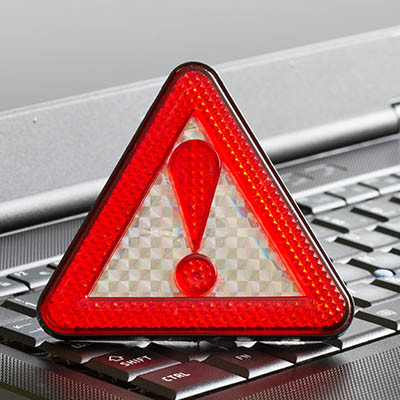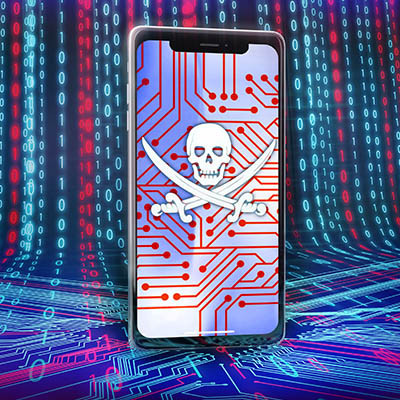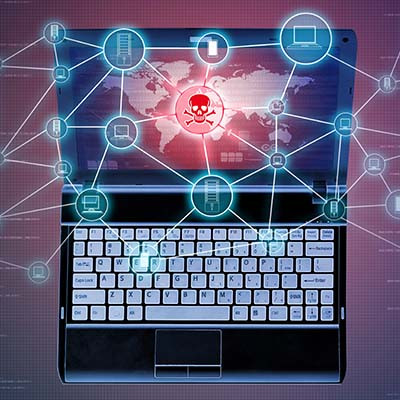
- Home
- About Us
- IT Services
- Managed IT Services
- Security Services
- Cybersecurity
- Cybersecurity Overview
- Network Security
- Business Security
- Unified Threat Management
- Endpoint Security Solutions
- Asset Tracking
- Mobile Device Management
- Email Encryption
- Multi-Factor Authentication
- Spam Protection
- Content Filtering
- Phishing Simulation
- Dark Web Monitoring
- Penetration Testing
- Compliance Standards
- Cloud Computing Services
- Industry Specific
- Data Services
- Hardware Services
- Software Services
- Business Communication
- Understanding IT
- News
- Blog
- Support
- Contact Us
- (217) 428-6449
- Register
- Login
Network Solutions Unlimited Blog
Cybersecurity is intensely important, so a business owner would think implementing every security feature and defense would be a good idea. However, as research has shown, this can be counterproductive, as only 67% of surveyed security leaders know what led to cybersecurity incidents in their businesses over the past year.
The world’s largest ticket retailer is in hot water after their parent company, Live Nation Entertainment filed an 8-K filing with the Security and Exchange commission admitting that they had been hacked to the tune of 1.3 terabytes of information. That amounts to 560 million customers’ personal information that has been stolen from the company’s servers. Today, we take a look at the hack and what it means for consumers.
Mobile malware isn’t common, but it’s growing increasingly more so. You may have heard of a malware called XLoader, which has been used to victimize people in over seven countries. This mobile threat has seen various iterations over the past several years, but you should be especially concerned these days.
If you are old enough to remember when antivirus (like most computer software) came in a great big textbook-sized box at the store, then you probably remember a time when that was the only protection you really needed.
Today, there are countless free versions of antivirus out there. Let’s talk about how much protection these actually bring, and when and where they might be a good fit.
We’re hoping that you are actually reading this post to prepare yourself if your business were to face a ransomware attack, but if you are suffering from one right now, we encourage you to reach out to us immediately, whether you are a client or not. Ransomware spreads quickly, and once it has infected a system, there really isn’t much you can do to stop it. However, there are steps you need to take to come back from this gracefully.
With technology being an integral part of our lives and society at large, cyberthreats continue to evolve and pose significant risks. One such threat that is on the rise is browser hijacking attacks. Let’s explore the dangers of these attacks, including the techniques employed by hackers, and how small and medium-sized businesses can protect themselves.
We throw around the term “ransomware” an awful lot, and while we’re confident that most people have some level of familiarity with the concept at this point, it is important that we acknowledge that not everyone has our experience in dealing with it. As such, we wanted to answer some of the questions we hear fairly often about ransomware.
Of all the cybersecurity threats out there for your business to contend with, there are going to be a few of them that are just more likely to impact you than others. That’s just a statistical reality. Fortunately, these threats can be addressed, so let’s discuss how you can do so.
Cybercrime is a problem that is only getting worse, and as you might expect, it’s no good for business. It puts your organization in a position where it has to take steps toward securing its infrastructure, whether you like it or not. Let’s go over some of the problems associated with cybercrime and why you need to implement these measures sooner rather than later.
Ransomware is an incredibly potent threat that has ravaged the cybersecurity landscape for several years now. Many users who get struck by ransomware feel like they have no choice but to pay the ransom, but others have banded together to create a community of resilience in the face of such a threat. Thanks to the efforts of one particular agency, victims of malware can enjoy access to malware removal tools for free.
Malware has plagued anyone using technology for a long time, and while security has certainly gone a long way toward protecting users from malware, so too have the threats grown more powerful and dangerous—especially for businesses. Let’s take a look at some common ways individuals might find themselves with a malware problem.
Countless high-profile ransomware attacks have surfaced over the past several years, all against targets like manufacturers, pipelines, hospitals, and utility companies. Obviously, these attacks are a cause for concern, but some small businesses might make the mistake of thinking themselves too small to target. Unfortunately, this is simply not the case; we’ll help you protect your business from these devastating cyberattacks.
Ransomware has been a scourge to businesses for years now, with it unfortunately experiencing a renaissance of sorts as the COVID-19 pandemic came to the fore. With increased phishing attacks and other means of spreading ransomware now taking advantage of the ongoing situation, it is all the more important that these attempts can be identified and mitigated.
The attack on SolarWinds earlier this year caused a lot of challenges, and now that time has passed and the dust has settled somewhat, Microsoft has uncovered another type of malware associated with the attack. This one is called FoggyWeb. What does this threat do and what can we learn about it?
It’s one thing to avoid ransomware entirely, but what does a business do when it’s already within its walls? Today we are going to discuss how your business can recover from a ransomware attack, as well as measures and solutions you can implement to ensure that it doesn’t happen again.
There are many different types of hacking attacks, but those targeting your computer can either be incredibly intrusive or so low-profile that you don’t even know you’ve been infected until it’s too late to do anything about it. Let’s discuss some of the telltale signs of a hack and what you should look for to prevent or identify them.
There is such a heavy focus on malware that targets desktop PCs, laptops, and servers, but there are mobile malware types too, one of which is TangleBot, a pesky malware that hits the Android operating system. This particular threat is dangerous due to the increasing reliance on mobile technology in today’s workplace.
There are all kinds of threats out there that can make things difficult for your business, but one of the biggest threats from this past year was ransomware. Ransomware encrypts data on the victim’s device so that it is inaccessible without the decryption key. Hackers have been successful with these extortion methods, as well as many others, yet ransomware continues to be a serious source of anxiety for businesses of all sizes and industries.
When people talk about network security, it’s just like they are talking about any other subject, the most terrible and devastating of the bunch is all that is spoken about. In the case of malware, there is a lot of information about ransomware going around out there because it is largely the worst type of ransomware there is for any organization. Unfortunately, malware is a vast and largely misunderstood thing. Today, we thought we would briefly go through modern malware so you can identify if you are a victim or not.
Latest News & Events
Account Login
Contact Us
Learn more about what Network Solutions Unlimited can do for your business.
(217) 428-6449
3090 N Main St
Decatur, Illinois 62526

